Electric bikes, compared to similar electric-powered vehicles, hold more benefits. Electric bikes are a better choice because, unlike an electric scooter, you do not find it difficult to start when the batteries run out.
But these bikes are not without downsides. There are disadvantages of electric bikes you should know. Check out some cons of electric bikes below.
What Are Electric Bikes
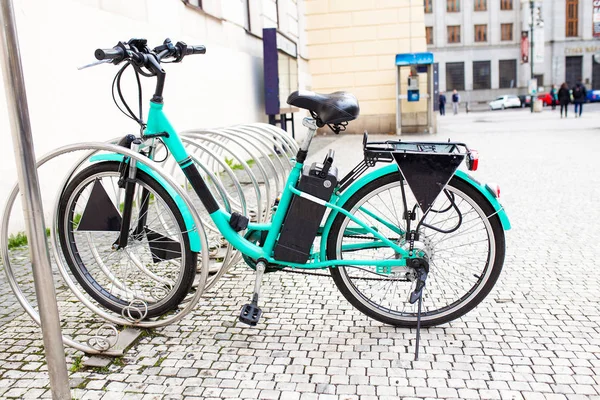
Electric bikes are motorized bicycles that use electric motors as bikes assists to aid propulsion. Although they are relatively new, many users use them as delivery bikes. You can use them as family bikes.
Other models are also designed to rival mountain bikes, which are great for sport road cycling. But these E-bikes cost a little more than ordinary electric bikes.
Although better than conventional bicycles, there are some disadvantages of electric bikes you should know.
Disadvantages of Electric Bikes
Electric Bikes Are Overall Pricey
There is no doubt that the price of E-bikes will differ from regular bikes as they have added accessories. But the prices can be shocking. Good electric bikes cost around $1000 – $10000.
Although purchasing an E-bike will require a significant investment, the good thing about purchasing one is that there will be relatively less cost of operating it, especially if you buy a good quality electric bike.
Many factors contribute to the price, including the technology and other great features. So even though they are expensive, they are usually worth it.
You also want to remember that the cost of buying an electric bike does not compare to the cost of a car. Apart from the cost of a car, you would also not be paying for routine maintenance, oil change, gas, tax, insurance, and any other regular expenses that come with using a car or petrol bike.
E-Bikes Usually Have a Low Resale Value
Another con of electric bikes is that they usually have a low resale value. But this does not mean that they depreciate alarmingly fast.
The depreciation rate for a conventional bicycle is not the same for electric bikes. While conventional bicycles usually have a very low resale price, electric bikes tend to command a significant price in the resale market, especially if it is still in perfect condition.
In many instances, some electric bikes may even increase in price over time.
Production of Electric Bicycles Is Not Eco-Friendly
Manufacturers burn coal and other fossil fuels to produce electric bikes. This is not environmentally friendly as it causes the release of harmful emissions into the atmosphere.
Besides burning coal, the pollution of the environment also extends to the electric bike batteries. Not all E-bike lithium-ion batteries are entirely recycled. This means that the more E-bikes batteries are produced, the more harm is done to the planet.
But this problem is expected to end soon as motor manufacturers of electric bikes are actively searching for environmentally friendly alternatives.
Transporting Electric Bikes Can Be Challenging
E-bikes are more challenging to transport than non-electric bikes. You can easily transport regular bicycles with public transport. In many other cases, you can put the normal bike on the car as they weigh somewhere around 10kg (22 lbs). But you can hardly do the same with electric bicycles.
Unlike a standard bicycle, an electric bike comes with an electric motor, E-bike batteries for its power, and many other modifications. These accessories make the electric bike heavy and fragile as it needs to be handled with care if you wish to move it over a long distance.
You want to be very careful as any mishandling could damage the electric bike, which can be very expensive to repair. Many electric bike owners avoid this challenge by going for folding bikes.
Many other E-bike owners opt for towing when moving to a new place. You can choose to buy a folding electric bike or arrange a mode of transportation that can help tow your bike to your new place when you move. But putting it on the roof of your car will not be an option you would want to consider because of its weight.
Electric Bikes Are Relatively Heavier Than Traditional Bikes
It does not take much to know that E bikes are heavier than regular bikes. A regular bike weighs around 10kg (22 lbs), while an electric bike weighs about 25kg (55 lbs). Other models may differ in weight, but an ordinary bicycle is usually lighter than an electric bike.
It does not take much to know that electric motors and E-bike batteries are the heavy parts of electric bikes.
Since electric bikes weigh more than conventional bikes, you may find it challenging to deal with the weight. If you live on the first floor, the weight factor may not be a problem, but the case would be different if you lived on a higher floor. You would have to find a means of transporting your bike up the floor you live in.
But you can manage this problem by using the elevator if you live on the third floor or higher. If you live on the second floor, you may also use the stairs in addition to the elevator.
The Legal Status of an Electric Bike Tends To Be Confusing
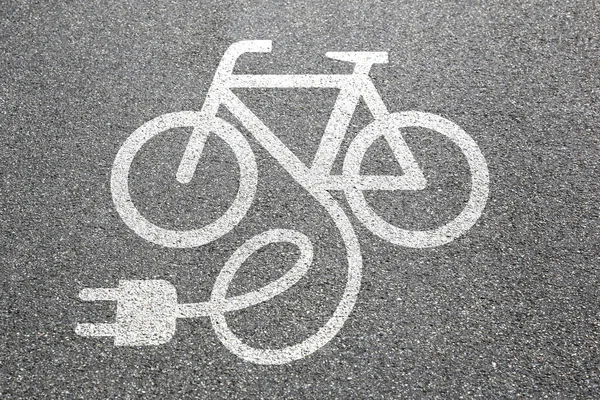
Electric bikes are a recent development in the US. So it is no surprise that the legal status of electric bikes is confusing. Electric bike lanes are provided in some regions, while others are yet to classify electric bikes.
Generally, a basic electric bike with a 20 mph maximum speed and a hub motor with less than 750 watts are classified the same as standard bikes. This means you can ride your electric bicycle on bike lanes and bike paths.
Like a standard bike, your electric bike does not need special licensing. You do not have to register the bike to ride city streets. You do not have to pay taxes on the bike either. It is treated like any other city bike.
You will not pay road tax, be required by law to take out an insurance policy on the bike, or make any other payments as car owners do. But you will have to obey traffic rules and other motor laws that you would if you were riding a conventional bike.
However, the case differs for E-bikes with more powerful electric bicycle motors. If you have an electric bike equipped with a more powerful motor, you must register it. You will also have to apply for a license, pay taxes and take out insurance on the E-bike.
Regardless of the confusion about the legal status, an electric bike, compared to a conventional bike, has more benefits to offer. You can easily ride to the shop every day without sweating because of your pedal-assist feature and also get to use the same bike path.
Since the legal position about electric bikes is still developing, it would be best to check the local rules of your state and city to know the permissible limits for using electric bikes. You can use the help of local electric bike clubs to stay up to date with the rules.
If you are moving to another state or a different country, it would be best to check their rules to stay updated about the laws that guide city bikes.
Maintenance and Repair Cost of an Electric Bike
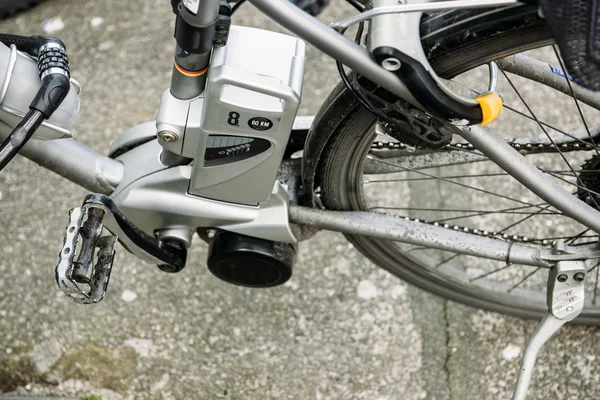
Maintenance and repair cost is one of the disadvantages of electric bikes. A typical bike does not need much. Many times, you can even repair a regular bike yourself. And the parts are very easy to get. But it is not the same for new bikes.
However, new E-bikes hardly need any repairs and maintenance. The only maintenance routine for your new electric bike would be to lubricate the chain with a suitable lubricant, keep the bike clean, and pay attention to the brake pads. The same cheap maintenance routine for a regular bike!
But you may have to pay maintenance and repair costs when buying a used model. You may have to replace some crucial parts. This is because the specialized parts of electric bikes tend to be hard to find. Besides finding the parts, they tend to be costlier than parts of regular bikes.
Sometimes, finding a repair specialist for the repair can be difficult too. But finding parts and a repair specialist should not be that hard. Qualified dealers of motor manufacturers like Bosch and Shimano can work on any E-bike that features their systems. This will ensure you have a good second bicycle life without any problem.
E-Bikes Usually Have a Low Battery Life
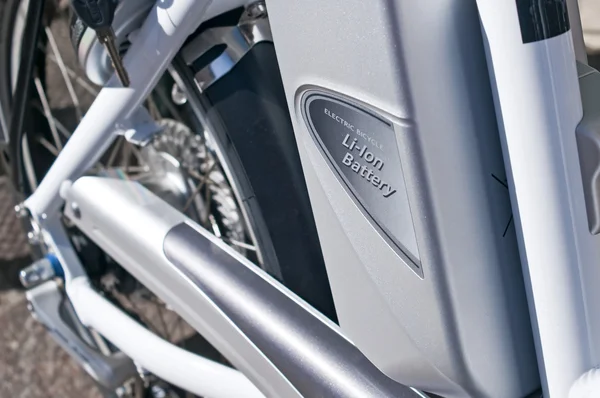
The low battery life is one of the many disadvantages of E-bikes. E-bikes tend to have low battery life and a long recharging time. You may have to check the batteries often to ensure that it does not run out immediately, as this could be inconvenient.
Charging your E-bike battery can take around two and a half hours to eight hours. The main deciding factor is the kind of battery your E-bike uses.
But the good side about E-bike batteries is that they do not have battery memory. You can always charge it whenever you need to. You do not need to exhaust the battery before you charge it again.
You can reduce how much battery power you use by switching off the motor assistance mode to the pedal-only mode. You will ride it like a heavy normal bike just by pedaling. And you will not need to worry about fuel as with road bikes that use fuel. You can also the pedal assist if you do not want to exhaust yourself on the pedals. All these options help you control how much battery power you use and go longer distances even when the batteries run out.
Final Thoughts
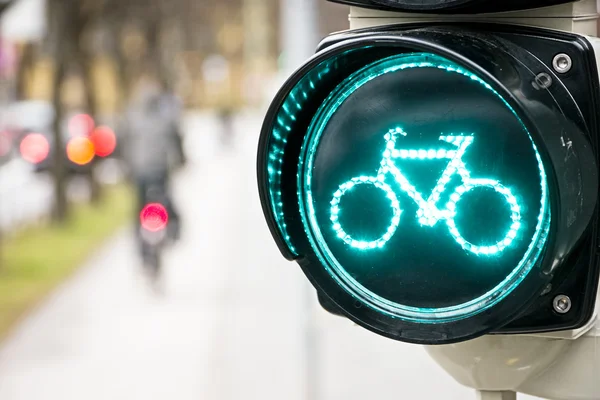
Although these disadvantages of electric bikes exist, when you compare them to E-bikes pros, you will be less likely to go for any other electric bike alternative.
In conclusion, electric bikes may cost more than conventional bikes. Still, the fact remains that this downside and the other disadvantages of electric bikes pale in comparison to the benefits they offer.
With the benefits of electric bikes, popular regular bike events and regular bicycle manufacturers are very likely to switch their focus to electric bikes.
